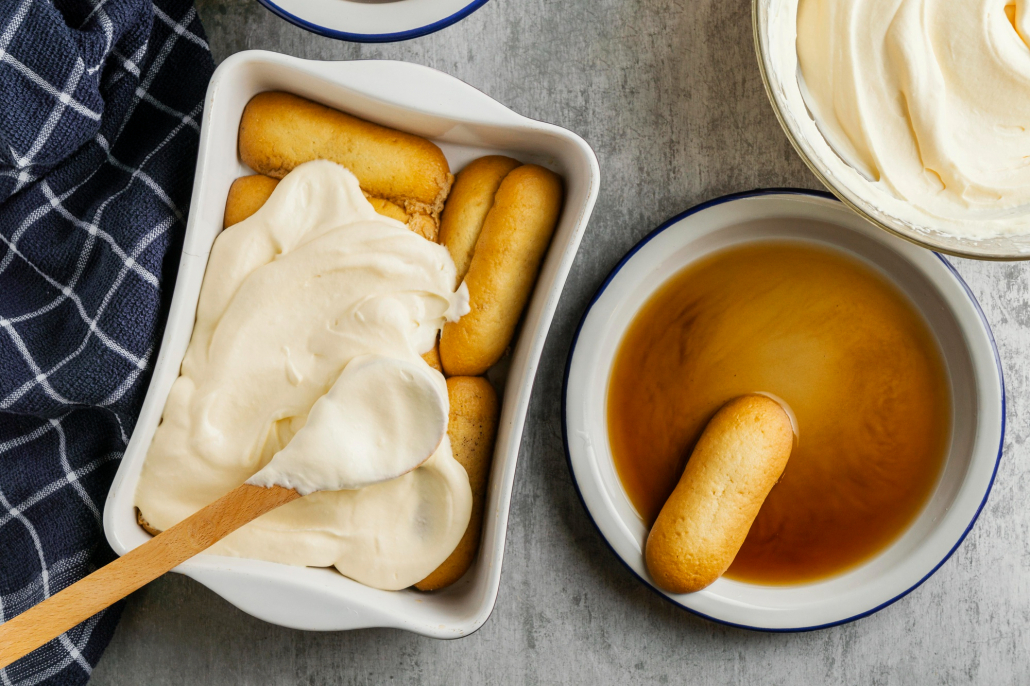Whip Cream Chargers: A Fun Addition to Food Science and Culinary Education
Whip cream chargers, small canisters filled with nitrous oxide, are doing just that by revolutionizing the way we approach food science and culinary education. They’re not just for creating fluffy whipped cream; these chargers open up a world of possibilities for innovative textures and flavors.
Incorporating whip cream chargers into your culinary toolkit can elevate your dishes and spark creativity in the kitchen. Whether you’re a professional chef or an enthusiastic home cook, these tools offer an exciting way to experiment with molecular gastronomy. From foams to infusions, whip cream chargers are reshaping traditional culinary techniques, making them a must-have for anyone looking to expand their culinary horizons. Jump into the fun and science behind these versatile chargers and discover how they can transform your cooking experience.

Understanding Whip Cream Chargers
Whip cream chargers offer exciting possibilities for both professional chefs and home cooks. Their application in molecular gastronomy presents new avenues to explore innovative textures and flavors, making them integral tools in culinary education.
What Are Whip Cream Chargers?
Whip cream chargers are small, cylinder-shaped canisters filled with nitrous oxide. They typically measure 2.5 inches in length and are made of recyclable stainless steel. Used with whipped cream dispensers, these chargers infuse liquids with air, creating a light and fluffy texture. Their utility extends beyond traditional whipped cream production, allowing for the creation of foams, espumas, and other culinary wonders.
How Do They Work?
Chargers work by releasing nitrous oxide into a cream dispenser filled with heavy cream or other liquid preparations. Upon activation, the gas expands within the dispenser, propelling the liquid through a fine nozzle. This rapid aeration process produces a stable foam. The nitrous oxide dissolves into the liquid, stabilizes the foam structure, and enhances flavors. This technique is essential in molecular gastronomy, where precision and creativity define culinary experiences.
Benefits of Using Whip Cream Chargers
Whip cream chargers transform desserts, beverages, and savory dishes, offering unique culinary possibilities.
Enhancing Culinary Creativity
Incorporating whip cream chargers into your culinary practice enhances your creativity significantly. These chargers allow you to experiment with foams, gels, and espumas, leading to innovative presentations. Chefs and home cooks can infuse flavors, playing with combinations that may not be possible with traditional methods. For instance, creating a basil foam to top a tomato soup adds an unexpected layer of flavor and texture.
Applications in Food Science
In food science, whip cream chargers play a pivotal role in exploring texture and density. By aerating liquids, nitrous oxide chargers help researchers understand how gases interact with various ingredients. These chargers assist in creating stable emulsions and foams that are crucial for experimental food textures. The ability to manipulate ingredients precisely aids in developing new dishes and culinary techniques, advancing the field of molecular gastronomy.
Educational Opportunities
Whip cream chargers offer diverse educational opportunities in culinary settings. By incorporating these into learning, students gain practical insights into food science and gastronomic innovation.
Teaching Culinary Science
Using whip cream chargers introduces students to culinary science. Understanding the principles behind nitrous oxide’s (640g nitrous oxide) role in aeration allows students to grasp the science behind texture and flavor creation. As they experiment with airs, foams, and gels, students see firsthand how gas interactions influence food properties. This exploration fosters a deeper appreciation for molecular gastronomy, advancing their knowledge of innovative cooking techniques.
Hands-On Learning Experiences
Hands-on use of whip cream chargers enriches culinary education. Students engage with tools that professionals use, enhancing their problem-solving skills. By creating dishes with varied textures and flavors, they learn practical applications of food science theories. Such experiences are invaluable, as they bridge theoretical knowledge with real-world culinary practices, cultivating skilled and creative future chefs.
Considerations and Safety Measures
Whip cream chargers offer exciting culinary possibilities, but their use requires caution and responsibility to ensure safety.
Safe Use and Handling
Proper storage and handling of whip cream chargers are essential. Keep them at room temperature and away from direct sunlight to prevent increased pressure inside the canisters. When applying these chargers, use compatible dispensers to avoid malfunctions and ensure secure attachment. Follow manufacturer instructions for correct charger insertion. Maintain a safe distance from your face during the charging process to prevent accidental discharge. Always dispose of used chargers responsibly and recycle them whenever possible.
Environmental Impacts
While whip cream chargers enhance culinary experiences, consider their environmental impacts. Chargers, typically made from recyclable steel, should be disposed of appropriately to reduce waste. Also, manufacturing and transportation contribute to carbon emissions. Choosing chargers from eco-conscious brands can help minimize environmental effects. Opt for sustainable practices, such as sourcing locally produced chargers, to further reduce your ecological footprint.
Popular Recipes and Techniques
Explore the wide array of recipes and techniques that whip cream chargers bring to your culinary repertoire. Elevate your cooking creativity with innovative uses of these versatile tools.
Whipped Cream and Beyond
Whip cream chargers offer more than traditional whipped cream. You can create flavored foams by infusing cream with your choice of extract or liqueur. Add vanilla or almond extract for enhanced dessert toppings. For an avant-garde twist, incorporate spices like cinnamon or nutmeg into foams for coffee or hot chocolate.
Plus to sweet applications, whip cream chargers can produce savory culinary foams. Try creating a garlic or herb-infused foam to complement meats or vegetables. Use them to craft light hollandaise or béarnaise sauces, simplifying traditional methods while achieving smooth textures.
Innovative Culinary Applications
Engage in molecular gastronomy with unique applications of whip cream chargers. Transform liquids like fruit juices into airy foams, adding an unexpected layer to desserts. For cocktails, use chargers to create frothy layers on drinks or flavored foam garnishes for visual appeal.
Experiment with creating airy espumas, like wasabi or sriracha, which pair perfectly with sushi or grilled meats. In fine dining settings, chargers enable precise control over texture and flavors, essential for avant-garde presentations.
Incorporate these techniques into educational settings to illustrate the science behind gastronomic innovation. Through hands-on experimentation with chargers, students can understand the principles of gas-liquid interactions and the resulting culinary transformations.
Conclusion
Whip cream chargers offer a gateway to culinary creativity and scientific exploration. By integrating these tools into your cooking repertoire, you open up a world of innovative textures and flavors that can transform ordinary dishes into extraordinary culinary experiences. Whether you’re a professional chef, a home cook, or a culinary student, these chargers provide the opportunity to experiment and push the boundaries of traditional cooking. As you explore the possibilities, remember to prioritize safety and sustainability in your practices. Embrace the fun and educational potential of whip cream chargers and let them inspire your culinary journey.




